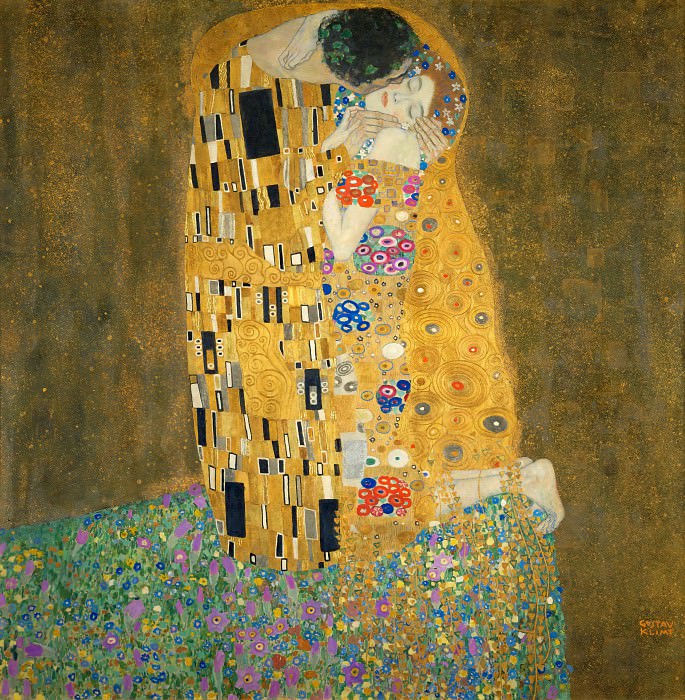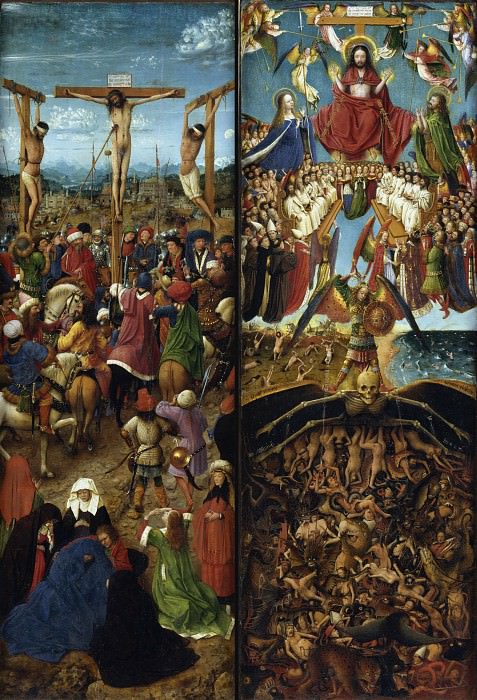Abstract Expressionist Art: A Profound Exploration
Abstract Expressionist art, emerging in the mid-20th century, represents a radical departure from traditional artistic norms. This movement, which originated in the United States, particularly in New York City, is characterized by its emphasis on spontaneous, automatic, or subconscious creation. It became the first American movement to achieve international influence, placing New York at the center of the western art world, a position previously occupied by Paris.
Origins and Influences
The roots of Abstract Expressionism can be traced back to the late 1940s and early 1950s. The movement drew inspiration from various sources, including Surrealism's interest in the unconscious, the abstract art of Kandinsky, and the radical compositions of Picasso. The devastation of World War II also played a crucial role, as artists sought to express complex emotions and existential angst through their work. The influx of European artists fleeing the war, such as Max Ernst and André Breton, introduced new ideas that profoundly influenced American artists.
Key Characteristics
Abstract Expressionist art is often characterized by large-scale works, a focus on the act of painting itself, and an emphasis on individual expression. The movement is typically divided into two main types: Action Painting and Color Field Painting. Action Painting, associated with artists like Jackson Pollock and Willem de Kooning, involves a dynamic, energetic application of paint, emphasizing the physical act of painting. Pollock's drip paintings, where he splattered and poured paint onto canvases laid on the floor, exemplify this approach.
Color Field Painting, on the other hand, is characterized by large areas of a single color or simple compositions of two or three colors, aiming to evoke an emotional response. Mark Rothko and Barnett Newman are key figures in this sub-movement. Rothko's large, soft-edged rectangles of color and Newman's "zip" paintings, featuring a single vertical line, highlight the meditative and contemplative aspects of Color Field Painting.
Prominent Artists and Their Contributions
Jackson Pollock
Jackson Pollock is perhaps the most famous Abstract Expressionist artist, known for his innovative "drip paintings." Pollock's technique involved laying canvases on the ground and dripping or pouring paint from above, allowing him to work from all angles. This method resulted in complex, layered compositions that convey a sense of movement and spontaneity. His works, such as "No. 5, 1948," are celebrated for their energy and emotional intensity.
Willem de Kooning
Willem de Kooning's work is distinguished by its vigorous brushstrokes and abstracted figures. His series of "Woman" paintings, particularly "Woman I" (1950-52), exemplifies his ability to merge figuration and abstraction. De Kooning's use of aggressive, gestural brushwork and his blending of forms created dynamic and often unsettling images.
Mark Rothko
Mark Rothko's Color Field paintings are known for their simplicity and profound emotional impact. His compositions typically feature large, soft-edged rectangles of color that seem to float on the canvas. Rothko sought to evoke deep emotional responses through his use of color, believing that color could convey fundamental human emotions. Works like "No. 61 (Rust and Blue)" (1953) are celebrated for their spiritual and contemplative qualities.
Barnett Newman
Barnett Newman is best known for his "zip" paintings, which feature a single vertical line (or "zip") on a solid color field. Newman believed that his paintings could provide a direct, almost mystical experience. His work "Vir Heroicus Sublimis" (1950-51) is a significant example, with its bold red canvas bisected by thin vertical lines, aiming to evoke a sense of awe and sublimity.
The Legacy of Abstract Expressionism
Abstract Expressionism had a profound impact on the development of modern art, influencing subsequent movements such as Minimalism, Pop Art, and even contemporary art practices. The movement's emphasis on individual expression and the act of painting itself opened new avenues for artistic exploration.
The legacy of Abstract Expressionism can also be seen in the way it elevated American art on the global stage. Before this movement, European cities like Paris were considered the epicenters of the art world. Abstract Expressionism shifted this center to New York, making it the new hub of innovative artistic practice.
Critical Reception and Controversies
While Abstract Expressionism is now widely celebrated, it faced significant criticism and controversy in its early years. Critics like Clement Greenberg championed the movement, praising its break from traditional forms and its emphasis on pure, emotional expression. However, others viewed the works as chaotic and lacking in meaning.
The movement also sparked debates about the role of the artist and the nature of artistic creation. The idea that the process of creating art could be as important as the final product was revolutionary and challenged long-held notions about art and aesthetics. This led to a broader acceptance of diverse forms of artistic expression and paved the way for future avant-garde movements.
Conclusion
Abstract Expressionist art remains a pivotal moment in the history of modern art. Its revolutionary approaches to form, color, and technique, combined with its emphasis on individual expression and emotional depth, continue to inspire and challenge artists and audiences alike. The movement's impact on the art world is undeniable, marking a significant shift in the way art is created, perceived, and appreciated.
Through the works of artists like Jackson Pollock, Willem de Kooning, Mark Rothko, and Barnett Newman, Abstract Expressionism has left an indelible mark on the cultural landscape. These artists pushed the boundaries of what art could be, opening new avenues for creativity and expression that resonate to this day. The movement's legacy is a testament to the power of art to reflect and shape the human experience, making Abstract Expressionism a defining chapter in the story of modern art.




